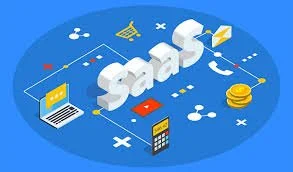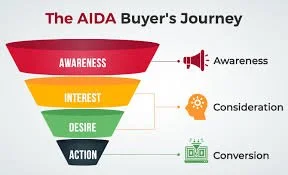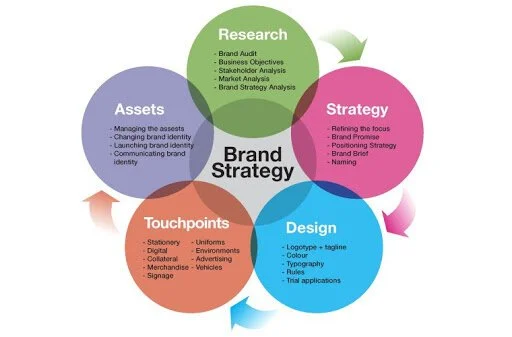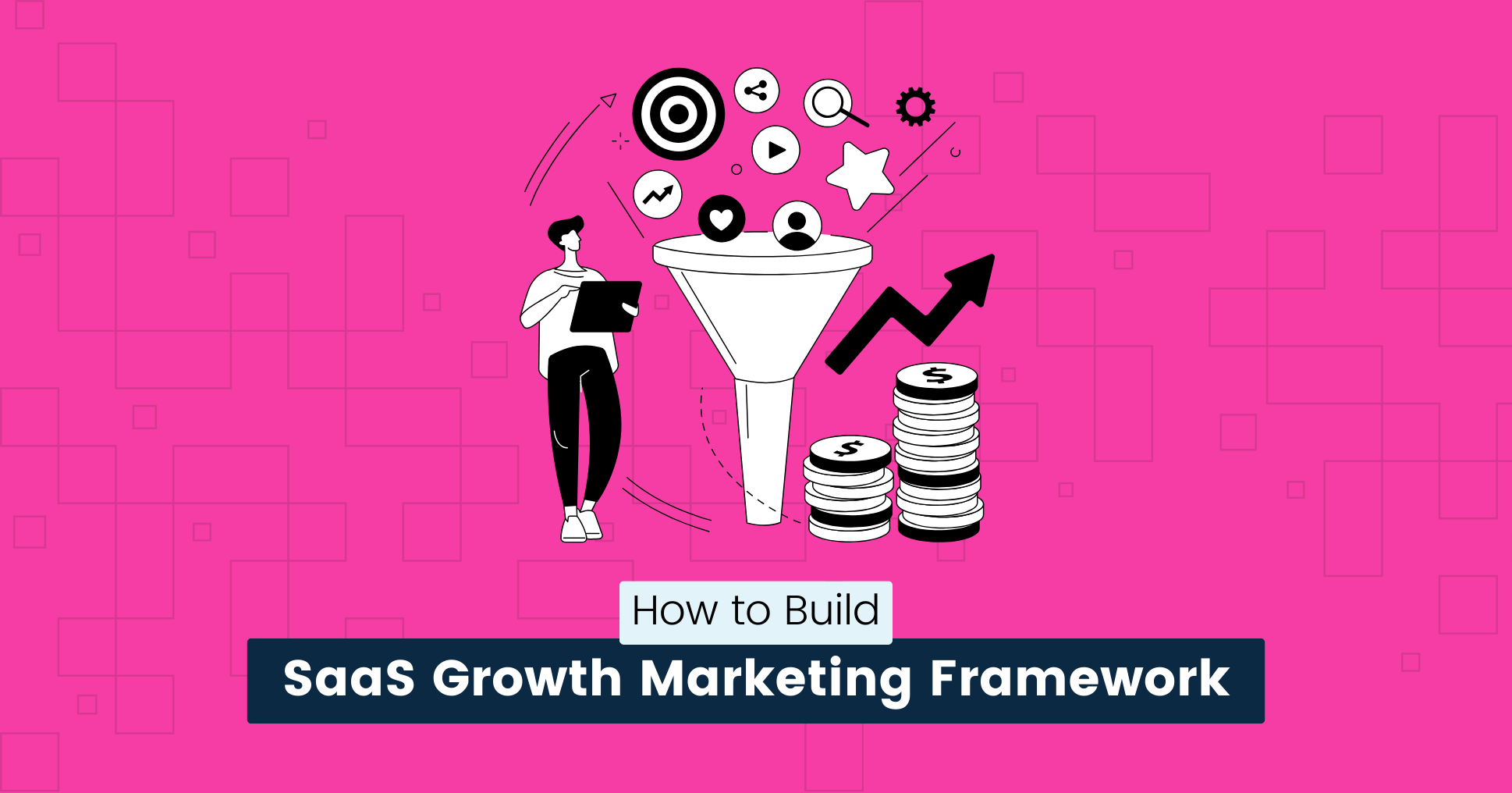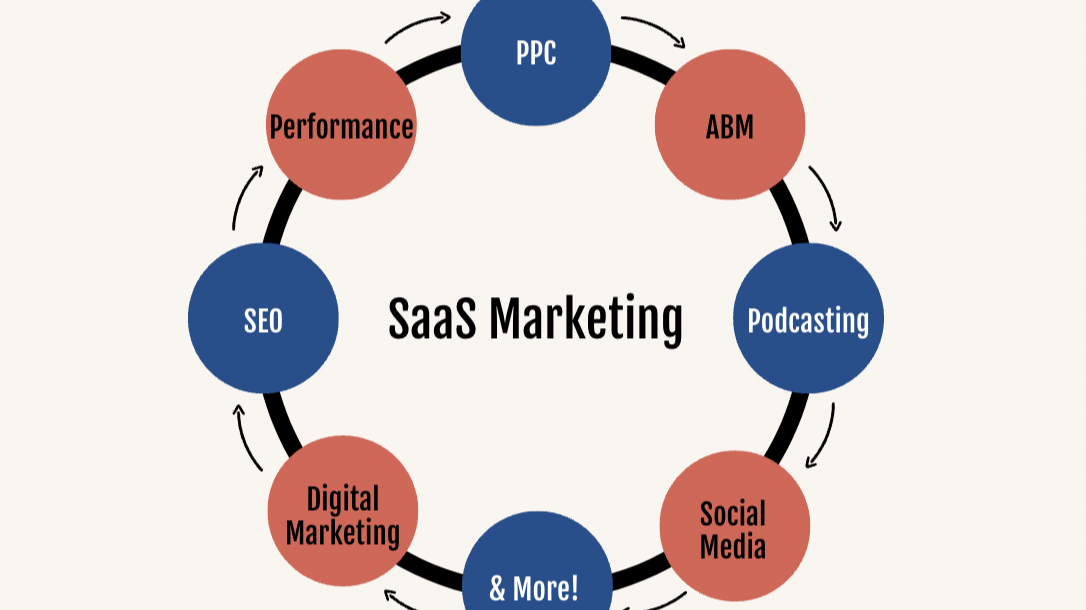Crafting an Effective SaaS Growth Marketing Strategy in 2025
Crafting an Effective Growth Marketing Strategy for SaaS in 2025
The B2B SaaS industry is considered an infant industry, implying that the growth potential remains attractive. Hence, entering into the SaaS industry is considered a good investment in times like this as the Return on Investment is expected to be solid.
To remain competitive in the market, SaaS companies must create and maintain high-quality products and services. They should also focus on customer experience by refining their user interface and ensuring that customers have access to top-notch support. Additionally, SaaS firms should strive to create visibility across multiple platforms to reach a wider customer base.
Nevertheless, there has been considerable growth recently within SaaS that makes entry into this arena quite worthwhile.
As of 2023, the SaaS space is worth over $195 billion.
The SaaS industry has increased in size by around 500% over the past seven years.
The US has approximately 8x more SaaS companies than any other country.
Given what is at stake, both in terms of market potential, the long sales cycle, as well as the need to continuously optimize customer retention and upselling as a way of reducing churn and building the MRR up, growth marketing is a natural fit for SaaS businesses.
Before we get into why growth marketing makes innate sense for SaaS businesses, let’s briefly provide background on growth marketing. This will serve in order to gradually introduce why the methodology is an organic fit with SaaS-oriented businesses.
What is Growth Marketing?
Growth marketing is the practice of combining customer data, market insights, and creativity to better understand your buyers and amplify every step of the customer journey for them.
The fundamental tenet to understand from growth marketing is that generating massive revenue doesn’t just come from scaling the top of the funnel and acquiring new customers. It’s about reaching the right customers, getting them to stick around, and using all available insights to drive more engaged customers. What this involves is creating brand advocates or ambassadors, essentially enabling businesses to gradually build up credibility by using word of mouth to not only generate awareness but also to demonstrate the value that their SaaS business (specifically their software/solution/service) is able to provide prospective customers.
Through testing and incremental improvement, growth marketers not only acquire new customers at an exponential rate, but also drive more cross-selling, upselling, and other revenue expansion opportunities, to both new and existing customers. In short, they use data drawn at all phases of the customer journey to deliver experiences that resonate throughout the entire customer lifecycle, thereby drawing not only additional possible revenue opportunities, but also the insights that can be tested elsewhere, improved on, and revised constantly.
Moreover, the long journey that prospects take to become customers eventually provides opportunities for firms to create content that not only aligns with the sales cycle, demonstrates that they understand customer pain points, but also demonstrates what is involved in the implementation, deployment, training (if needed), support and services that are provided.
Establishing Growth Marketing Fundamentals for SaaS
As alluded to in an earlier blog post, there are 7 elements to ensuring proper growth marketing fundamentals within a business or organization. Just as a reminder they are:
Alignment in terms of mission or purpose.
Organizational data & analytics needs to be at the center of how an organization functions.
Constant experimentation is part of creating a perpetual feedback loop that is at the heart of growth marketing.
Customer acquisition
Reducing churn
Customer Retention
Referrals
Now that we have established what is needed for a growth marketing framework within any organization, there are a few additional elements that encompass these yet at the same time are somewhat unique to the long sales cycle, and the lead generation and nurturing processes inherent within SaaS.
SaaS Marketing Personas
1) Marketing Personas: While in theory, this is not something that is theoretically restricted to SaaS or B2B-based businesses, because businesses (which tend to be SaaS customers) are comprised of people that make decisions with regard to purchases (including what software to buy), creating customer personas is an extremely efficient way of understanding those that make decisions as to what to buy. Some things to consider when creating customer personas include understanding why they might potentially need your solution, who else in terms of influencers they need to consider, and how their purchase process works.
What creating marketing personas allows for is the creation of targeted content that demonstrates the understanding of these points, which in time allows for better response rates, better lead quality, and with time, increased revenues. In the case of SaaS businesses whose product provides benefits for different types of organizations, customer personas allow for ways to better understand various market segments and customize their marketing efforts to these different personas.
AIDA Funnel
2) The AIDA Funnel (Top, Middle, Bottom): As mentioned, the typical SaaS marketing funnel is a lengthy one. From the point of view of lead generation and customer acquisition, the process can be described as a four-stage funnel characterized by Attraction, Interest, Desire, and Action, as demonstrated in the diagram below.
What is important of course at every stage of the funnel, is to provide content or material that approximately matches the stage at which the customer might be at in terms of determining what the problem is, and considering potential solutions. For simplification, the various points can be looked at more simply as the top (ToFU), middle (MoFu), and bottom (BoFu) of the consideration funnel as illustrated in the diagram below.
For the sake of our point of view, we can look at this as a marketing funnel. As mentioned the content provided at different points needs to be relevant. We will delve into this more later on, however, for the sake of illustration, the diagram below illustrates this.
Of course, since growth marketing (for SaaS, or any industry really) involves a full-funnel approach, this involves not just the acquisition of customers, but also the activation, retention, and referral of new ones. We will delve into that in more depth later on as well.
SaaS Brand Strategy
3) Brand Persona (Unique Selling Proposition): The key here is establishing as Jeff Bezos put it, “Your brand is what people say about you when you are not in the room”. A big part of this involves establishing your unique selling proposition, which essentially involves finding the intersection of what the customer is looking for, putting forward what your business does well with respect to appealing to what the customer is ultimately looking for, and distinguishing your business from what potential competitors offer and represent in comparison.
What does a Growth Marketing Funnel for SaaS entail?
Now that we have established what some fundamentals of growth marketing involve, in order to craft an efficient growth marketing strategy it is important to better understand what the full growth marketing funnel for SaaS entails.
As alluded to earlier, the key aspect of marketing in SaaS is deciding what content, and consequently what tactics and channels are appropriate at various points in the consideration process.
Most SaaS content strategies focus on top-of-funnel topics and generating what we call “content conversions” (e.g. email signups, ebook downloads, white paper downloads, etc.), which, notably, is not the same as a product conversion (trial start, demo request, etc.).
While these are important, the frank reality is that most opportunities to create, let alone nurture leads, occur in the middle or bottom of the funnel.
Content marketing for SaaS is different than marketing in other industries in a number of important ways:
You’re selling both technology and service
Your marketing must focus on search engine optimization
Your marketing must educate prospects
Your sales rely heavily on referrals
You must address customer risk
SaaS software is a product, so at first glance, SaaS marketing might seem to revolve around selling a product. However, this is only half of the story. When SaaS customers are choosing providers, a major factor they consider is support. This means that SaaS marketing carries the dual burden of selling customers on both the product itself and the support and the services behind it.
SaaS buyers research products and services primarily through digital channels, making SEO a critical component of effective SaaS marketing. SaaS audiences typically find products through digital resources such as white papers, website reviews and app marketplaces. Your marketing strategy should include an emphasis on SEO content that will attract buyers from these sources.
How to create a content focused growth-marketing oriented strategy for SaaS
A winning content marketing strategy for SaaS starts with marketing research and strategizing, proceeds through content creation, and concludes with campaign performance tracking. This process can be divided into seven major steps:
Target audience identification
Pain point analysis
Keyword analysis
Campaign goal setting and tracking
Content production
Content distribution
Campaign results monitoring and optimization
For each step, following best practices will yield better results.
Discovery: The Top of the Funnel
The first stage of the funnel is all about creating content that improves your brand awareness and organic search visibility.
Here, your audience is using non-purchase intent keywords that indicate their desire to learn about a topic and find actionable advice they can apply to solve their problems.
A typical top-of-the-funnel SaaS content strategy can include the following types of content:
How-to guides
Listicles (tips, tactics, trends, examples, etc.)
Infographics (with supportive blog posts)
Thought leadership (experience/anecdotes-based content from founders)
Original research or studies
In all these pieces, the focus is on educating your audience and building credibility and awareness.
Optimize each piece with the right set of head and long-tail keywords. Answer the questions they ask on Google (we’ll cover the tools for these later). Lead them to relevant product/features pages on your website with contextual internal links and CTAs.
Here are a few examples of potential top-of-funnel-content:
How to Use Webinars to Grow Your SaaS Business
10 SaaS Marketing Trends You Can’t Ignore in 2022
Tiktok Marketing 101: The Ultimate Checklist to Send Your TikTok Marketing through the Roof in 2021
Consideration: The Middle of the Funnel
The next stage of the funnel considers the segment of your audience that is aware of the exact problems they wish to solve and researching potential solutions, likely in the form of the following content types:
Product comparison articles
FAQs
Checklists
Cheatsheets
Templates
Middle of the funnel content is similar to the top of the funnel content but with a stronger focus on:
Guiding prospects in their product research phase
Making them aware of your SaaS offerings
Turning them into leads by encouraging them to subscribe to your email list, download a free resource, etc.
The same practices mentioned above apply here, and here are a few examples of such content:
SEO Checklist for 2022 [DFY Spreadsheet]
A 25-Point Content Audit Checklist for Better On-Site SEO
Decoding SaaS PR in 5 Easy Steps
Conversion: The Bottom of the Funnel
The final stage of the funnel is where your audience is primed to convert. They’re ready to try or buy a SaaS product like yours.
Your content’s purpose is to nudge prospects or leads to sign up for your free trial/plan, request a demo, or contact your sales team.
Your bottom-of-the-funnel content needs to demonstrate with proof and/or success stories exactly how your SaaS product can solve your users’ specific challenges. It could take the following formats:
Case studies
Use cases
White papers
Features or integrations landing pages
Alternative lists or product comparison pages (your brand vs. competitor)
How to Create a Growth Marketing Framework for SaaS
Creating a Saas Growth Marketing Strategy
Now that we have established what content marketing entails for the SaaS growth marketing funnel or decision-making process, we can now examine SaaS growth marketing frameworks.
A growth marketing framework is a tool designed to help a business achieve strategic growth. At the heart of the framework is a budget-friendly, data-driven approach to marketing that uses rapid experimentation to identify and harness growth opportunities.
The growth marketing framework for Saas that we are putting forward involves 5 steps.
Ideation, Setup, Testing, Analysis, and Scaling. This framework is key to creating and implementing an efficient SaaS growth marketing strategy.
Ideation
This is the foundation of your marketing plan. It is the time to form relevant targets and KPIs, craft communication ideas, and draw up evidence-based marketing hypotheses to test.
Research your market and audit current performance. Based on this research, you need to identify the benchmarks and set up the initial targets to reach. In addition, one would need to uncover and discuss compelling insights about your customer and market. This will help you to find the brand connection based on insights to challenge the consumer problem or need. The final step is to identify the core directions to test, build the architecture for each content territory, and then develop a list of content marketing ideas to test
Setup
After receiving basic ideas of your goals and direction for marketing in the first stage, your goal is to prepare your marketing to actually implement your ideas. So, it is time to set up analytics systems and dashboards, bring together all relevant marketing tools, and establish interaction between all your channels.
Testing
Result-oriented growth marketing is all about making data-driven decisions, which requires testing the hypotheses, acquired during Ideation, and putting them into practice. At this juncture, you need to choose a shortlist of marketing hypotheses based on all of your strategic research and validate them through the launching of test campaigns.
Analysis
You would then need to conduct an in-depth and detailed analysis of the work done and tested to adjust your strategy, relying on the data and results from test campaigns.
Scaling
Yay, you’ve tested your ideas and got the results! It’s time to scale. It is time to find a final team to implement your marketing initiatives and plan your next steps for future growth.
What to consider when navigating the SaaS growth marketing framework?
Metrics:
MQL, SQL, HQL, PQL
Year-to-year revenue growth
Market share increase
New markets (new territories) to enter into
Increase overall brand awareness
Budget: How much do you intend to spend overall on a monthly marketing budget, and how much you budget you intend to allocate across different marketing channels?
What Channels to Focus On: By identifying your current users and building accurate buyer personas, you’ll have an idea of the channels your potential customers are using. In your plan, you can start to hypothesize how to use those channels best.
These channels can be anything from slack groups to Linkedin, SEM, Facebook, email to popular blogs, and podcasts.
A good way to start is to send out an attribution survey to your current user base, asking them where they heard about your business. Your user research and interviews with existing customers should start to suggest which channels will work best for your marketing efforts.
However, if you still struggle, look to your competition and do some micro-tests of your own. In those channels where you get more instant results, like social advertising or search engine marketing, running small tests can be a better idea than going all-in with your budget.
Buyer Personas: As alluded to earlier, buyer personas help you understand the circumstances of which those who are relevant in your markets of consideration operate.
